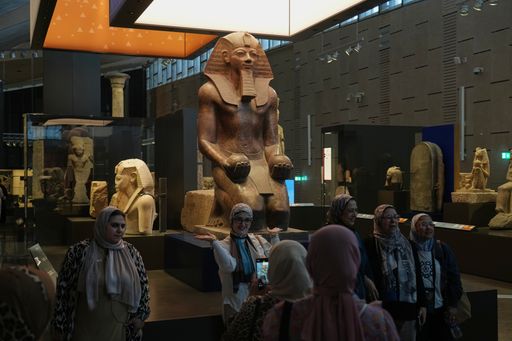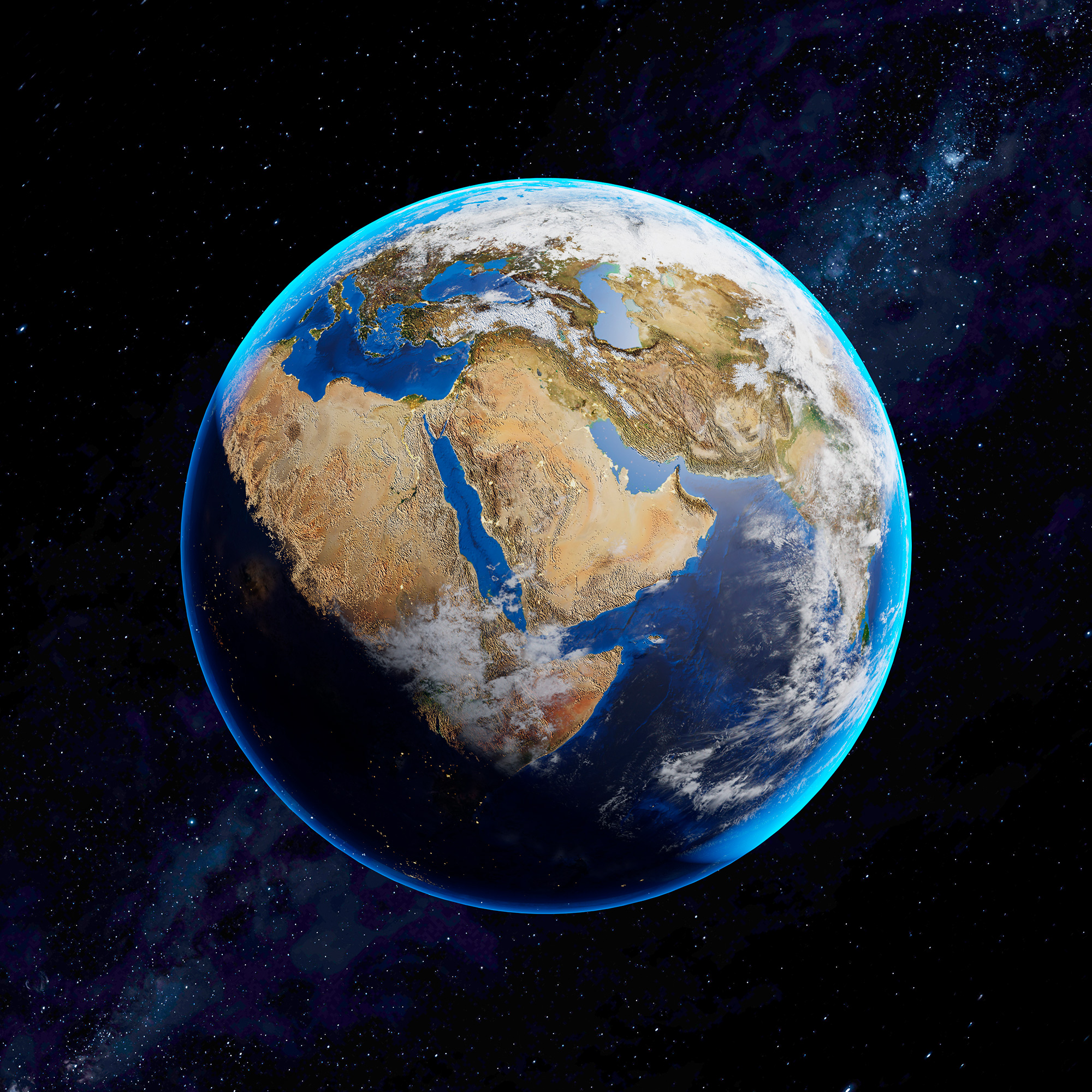Sport
Dollar
42,0958
0.24 %Euro
48,6520
-0.18 %Gram Gold
5.413,4200
-0.31 %Quarter Gold
9.254,6300
0.46 %Silver
65,8700
-0.26 %The museum holds over 100,000 artefacts, with half on display, creating the world’s largest collection devoted to a single civilisation.

Cairo has opened the Grand Egyptian Museum on Saturday -- a long-awaited, billion-dollar showcase of pharaonic grandeur that Egypt hopes will help revive tourism and boost its economy.
"This is the dream that all of us imagined. We all dreamed that this project would be realised," Egyptian Prime Minister Mostafa Madbouly told a press conference in Cairo on Saturday.
Seventy-nine delegations, including 39 heads of state and government, are expected at the ceremony, which begins at 7:30 pm local time (1730 GMT).
Germany, Japan, Saudi Arabia, Belgium, Spain and Denmark will be among those sending representatives, according to a statement from the Egyptian presidency.
On Saturday morning, roads around the museum were cordoned off and security tightened ahead of the opening, with giant banners draped from buildings and strung across streets -- advertising the launch.
In the nights leading up to the opening, shafts of light have illuminated both the pyramids and the museum's colossal facade -- a prelude to Saturday's spectacle.
Set on a gentle slope overlooking the Giza Plateau, just beyond the shadow of the pyramids, the museum was built with major financial and technical support from Japan, and spreads across nearly half a million square metres.
Madbouly said that the "largest part of construction, finishing and bringing this global landmark to its current form occurred during the past seven to eight years".
The museum houses more than 100,000 artefacts, half of which will be on display, making it the world's largest collection devoted to a single civilisation, according to Egyptian officials.
Inside, visitors will enter vast, light-filled halls with soaring ceilings and sand-coloured stone walls that echo the surrounding desert.
At the centre of the main atrium stands an 83-tonne statue of Ramses II, the pharaoh who ruled Egypt for 66 years and presided over its golden age.
Unlike the cramped, century-old Egyptian Museum in central Cairo, the GEM features immersive galleries, precision lighting, virtual-reality exhibits and even a children's museum.
One highlight is a live conservation lab, visible through floor-to-ceiling glass, where visitors can watch restorers assembling a 4,500-year-old solar boat buried near Khufu's pyramid, built to carry his soul across the sky with the sun god Ra.
The undisputed star of the show, however, is King Tutankhamun's collection of more than 5,000 objects, many displayed together for the first time.
Details of the boy pharaoh's gold mask display remain under wraps.
The museum opens to the public on Tuesday, showcasing thousands of funerary artefacts previously scattered across Egypt.
Tourism hopes
Egypt's tourism sector, a vital source of foreign currency and jobs, has been repeatedly shaken over the past decade and a half, from the 2011 uprising to waves of unrest and sporadic terrorist attacks in the aftermath.
In recent years, tourism has shown signs of recovery, with 15 million visitors travelling to Egypt in the first nine months of 2025 and generating $12.5 billion, up 21 percent from a year earlier.
Egyptian tourism minister Sherif Fathy expected on Saturday total tourist arrivals to stand at 18 million by the end of this year.
He told reporters the government expects the museum to draw five million visitors annually, adding that it currently welcomes 5,000 to 6,000 visitors each day.
"We hope to increase that to 15,000 daily," said Fathy.
Elhamy al-Zayat, former head of the Egyptian Tourism Federation, told AFP the museum was part of a broader plan to transform the entire Giza Plateau.
"Egypt has created an entirely new cultural and tourist zone" at the plateau, with a nearby airport and upgraded visitor facilities at the pyramids, he said.
Roads leading to the plateau have been refurbished, digital ticketing introduced and air-conditioned electric buses now glide past the pyramids.
Comments
No comments Yet
















Comment